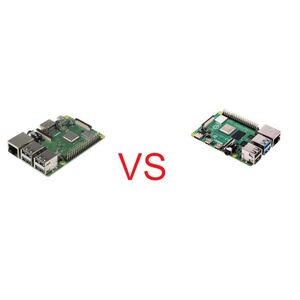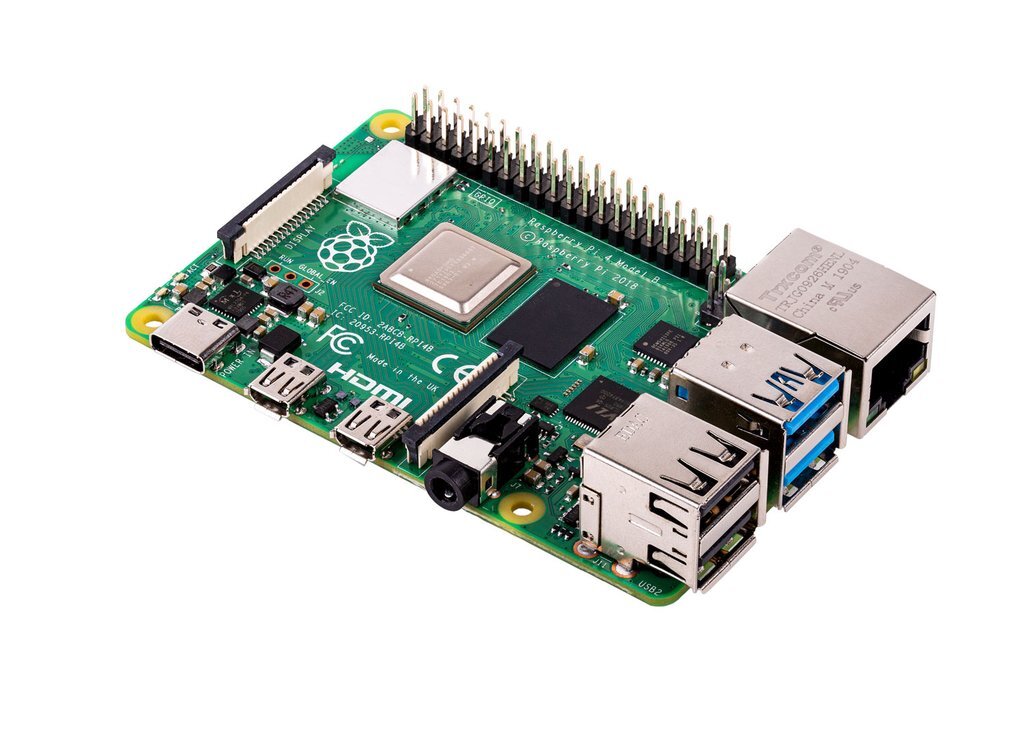Categories
- Quadcopter
- Aquaculture
- Raspberry Pi
- Video
- Components
- Gadgets
- Auto & Outdoors
- Home Automation & Security
- Audio
- Mobile Accessories
- IT
- Hobby
- Tools, Test & Mesurement
- Drones
- Drone Battery
- Spare Parts
- Remote Control Drone
- Fishing Release
- Racing Drones
- Autel EVO 2
- FPV Drone
- Mini Drone
- Drone with Camera
- Drones with FPV Display
- Beginner Drones
- GPS Drone
- Wifi FPV Drones
- Waterproof Fishing Drone
-
DJI Drones
- DJI Drone Accessories
- DJI Air 2S
- DJI Drone Spare Parts
- DJI Enterprise
- DJI FPV Racing Drone
- DJI Inspire Drone
- DJI Mavic Air
- DJI Mavic Drone
- DJI Mavic Mini
- DJI Mavic Mini 2
- DJI Spark Drone
- iFlight Racing Drones
- Mavic 2
- Mavic air 2
- Mavic Air 2 fly More combo
- Mavic Air 2 RTF
- Mavic Pro Platinum
- Phantom 3 Drone
- Phantom 4 Advance
- Phantom 4 Drone
- Phantom 4 Pro
- LED Light
- LED Lantern
- LED String / Fairy Lights
- LED Work Light
- LED Party Lights
- LED Torch
- LED Head Torch
- Household LED Light
- 12V LED Lights
-
LED Strip Lights
- Green LED Strip Light
- Power Supply
- Red Led Strip Light
- USB LED Strip Light
- Yellow LED Strip Light
- Accessory
- Blue LED Strip Light
- Neon LED Strip Light
- Rigid LED Strip Lights
- White Led Strip Light
- RGBW LED Strip Lights
- Digital LED Light Strip
- 2835 LED Strip Light Kits
- RGB LED Strip Light
- 5050 LED Light Strip Kit
- Toys
- HDMI
- HDCP Converter
- IQ4 Compatible HDMI Products
- HDMI Wall Plate Socket
- HDMI Audio Extractor
- HDMI Matrix Switcher
- HDMI Wireless Transmitter and Receiver
- HDMI Extender
- HDMI Converter
- HDMI Splitter
- HDMI Switch
- HDMI Adapter
-
HDMI Cable
- Mini Display Port
- Display Port
- Amplified HDMI Cable
- DVI Cable
- HDMI to VGA Cable
- HDMI to Micro HDMI Cable
- HDMI to DVI Cable
- HDMI to Mini HDMI
- Premium High Speed HDMI Cable with Ethernet
- High Speed HDMI Cable with Ethernet
- Hybrid Fibre Optic HDMI 2.0 Cable
- HDMI 2.0 Cable
- 8K HDMI Cable
- 4K HDMI Cable
- Hybrid Fibre Optic HDMI 2.1 Cable
- Media Player & Set Top Box
- Arduino Projects
- Power
- Battery Tester
- Transformer
- DC Power Cable & Connectors
- Solar
- Switchmode Power Supply
- AC Power Cables, Plugs and Sockets
- Powerboard and Adaptors
- Travel Adapter
- Battery Chargers
- Batteries
- USB Charger
-
GPO & Light Switch
- Electrical Accessories
- Circuit breaker
- Distribution Box
- Plug Base Socket
- Weatherproof Socket
- Black Light Switches
- Clipsal Style White
- Smart Zigbee Power Switch
- Black Power Points
- Smart Zigbee Power Socket
- Slim Series
- Alpha Series
- GPO Wall Sockets
- Power & Light Switch
- Glass Series
- Smart Wifi Power Socket
- Smart Wifi Light Switch
-
Power Adapter
- Extension Cables, Splitters and Plugs
- Reversible DC Plug
- Linear Type
- UPS
- Multi-voltage Power Adapter
- 14V DC Power Adapter
- 13.8V DC Power Adapter
- 3.3V Power Adapter
- 19V DC Power Adapter
- 7.5V DC Power Adapter
- Variable Power Supply
- USB Power Adapter
- 18V DC Power Adapter
- 48V Power Supply
- AC Power Adapter
- 24V DC Power Adapter
- 15V DC Power Adapter
- 9V DC Power Adapter
- 6V DC Power Adapter
- 5V DC Power Adapter
- 12V DC Power Adapter
Information
Raspberry Pi 3 B+ versus Raspberry Pi 4
Author: Aus Electronics Direct Date Posted:30 October 2020

Raspberry Pi 3 B+ versus Raspberry Pi 4
.jpg) VS
VS 
The new Raspberry Pi 4 is the newest and it represents a massive leap in capabilities compared to previous models. It’s crazy to think the original model only had a single-core processor, 256MB of RAM, and one USB slot.
How does the Raspberry Pi 4 compare to the previous model? The following is the Raspberry Pi 4 vs Raspberry Pi 3 Model 3B+ differences.
Processing Power
In terms of power, the Raspberry Pi 4 is a major step up from its predecessor, offering four heavy lifting Cortex-A72 CPU cores compared to the older model’s four Cortex-A53 cores.
The Cortex-A72 cores are old by smartphone standards, being used in the likes of the Snapdragon 650, Snapdragon 652, and Kirin 950. But they deliver a ton more grunt compared to the Cortex-A53 cores, which are designed for low-power tasks. In fact, the Raspberry Pi Foundation says you can expect a 3x performance boost over the previous model.
We also see a Raspberry Pi available in several RAM options for the first time in the series, starting at 1GB for the base model, 2GB for the middle option, and 4GB of RAM for the top-end option. Meanwhile, the Raspberry Pi 3 Model B+ is only available in the 1GB RAM flavor. Even if you opt for the base Pi 4, you should still see some gains thanks to the use of LPDDR4 memory in the new model compared to LPDDR2 in the older device.
The Raspberry Pi Foundation is positioning the Pi 4 as a PC alternative due to these upgrades. It’s tough to argue with this, unless you need a powerful machine for video editing, PC gaming, and other demanding tasks.
Video and Graphics
In addition to the CPU upgrades, the Raspberry Pi 4 receives a welcome graphics refresh compared to the Raspberry Pi 3 Model 3B+. The new model sports a VideoCore VI GPU as opposed to the predecessor’s VideoCore IV graphics. In fact, this marks the first time the VideoCore IV GPU isn’t used in a Raspberry Pi. The new GPU brings a bump up to OpenGL ES 3.x, as opposed to OpenGL ES 2.0 on the older models. It also delivers a 500Mhz clock speed compared to the older GPU’s 250Mhz to 400Mhz speeds.
Video capabilities also see a big leap with the Raspberry Pi 4, as we’ve now got 4K support for the first time (4K/60fps, at that) You also have dual 4K monitor support via a pair of microHDMI ports. Unfortunately, this has come at the expense of a full-sized HDMI port, so if you absolutely can’t do without the standard HDMI port, then you might want to stick with the Raspberry Pi 3 Model B+.
Input and Output Ports
Speaking of ports, the Raspberry Pi 4 has a few other changes compared to the older model. Aside from the switch from a full HDMI port to two micro ports, the USB ports have also received some love. The new model sports four USB ports, with two of them sporting USB 3.0. This is a notable upgrade over the last model, which only featured four USB 2.0 ports.
The Raspberry Pi Foundation has also swapped out the microUSB port for power in favor of a USB-C port (offering 500mA of extra current). Chances are good that you can use your phone’s USB-C charger, although you need 15-watt charging for best results.
Another port upgrade is in the support for Gigabit Ethernet via the ethernet port. This is a welcome change from the Raspberry Pi 3 Model B+, which only supported the standard via USB.
Connectivity
The biggest connectivity upgrade you have when comparing the Raspberry Pi 4 to the Raspberry Pi 3 Model 3B+ might just be the switch from Bluetooth 4.2 to Bluetooth 5. The new standard offers quadruple the range and roughly double the speed over the legacy option.
It’s also worth noting that Bluetooth 5 uses much less power than Bluetooth 4.2. Sure, many people aren’t running a Raspberry Pi with a battery, but this should result in reduced power draw anyway.

